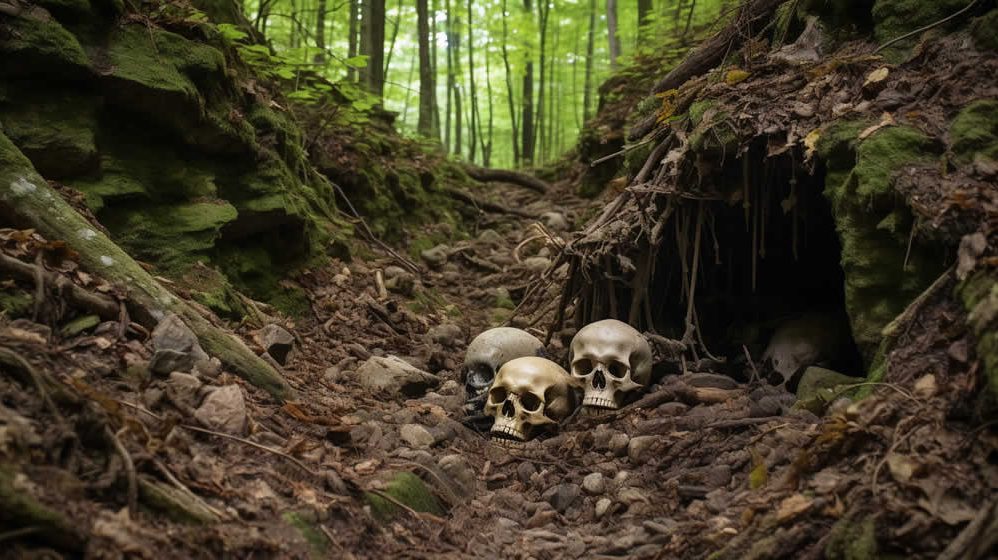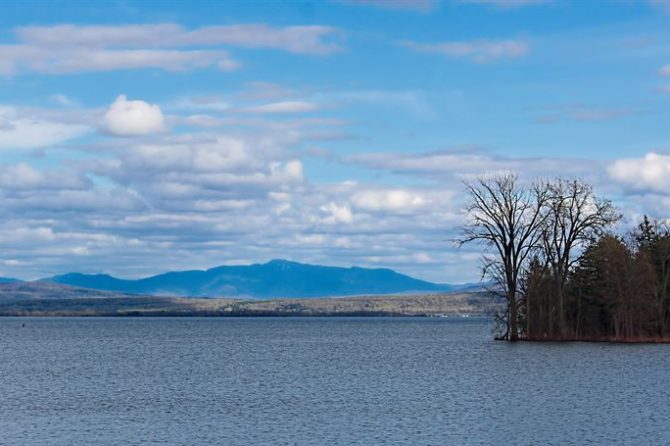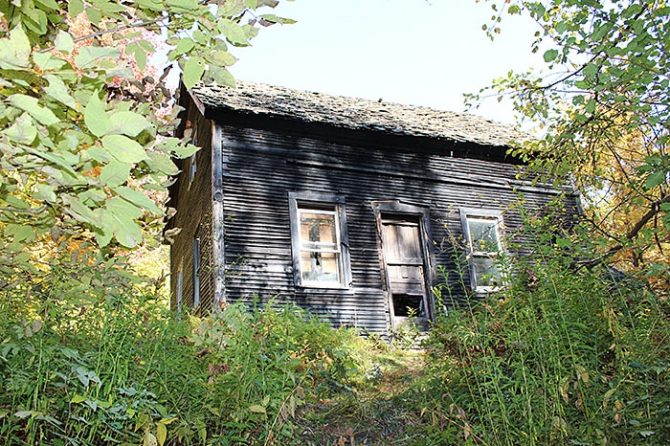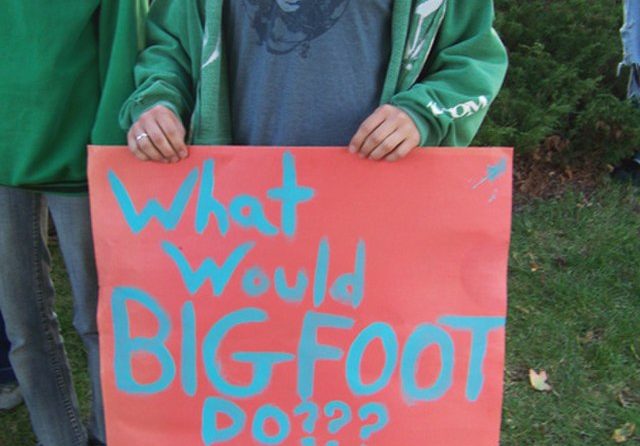This is from an article in the Sedalia Weekly Democrat, Sedalia Missouri, June 8, 1899
Remarkable Discovery By Boys In the Mountains of Vermont a Few Days Ago
James R. Kelly, Fred Copeland and Albert Austin, of Fair Haven, Vt., are the discoverers of something very puzzling, at least to the historians.
They started out the other day with their dog after some kind of a wild animal which had been seen by some woodchopper near Bloody Ledge a few days ago. Going there direct the dog found tracks and also evidently later found the animal, as he returned to them badly used up. Again starting him out in the rocks just east of Rattlesnake Hill, the boys tried to smoke out the animal, but not succeeding they enlarged the hole and with their guns and torches they crawled in.
Skeletons Found in Cave
After crawling a few feet they found themselves in a large chamber about twenty feet wide, 100 feet long and ten feet deep. In one corner of the room they first discovered five grim skeletons setting up against the wall and close by an iron kettle.
The boys were somewhat frightened at their remarkable discovery and retreated hastily to the open air. But their courage soon returned and with it a determination for further exploration.
Discovery of Spanish Gold Coins
On the second visit, a mass of gold, all in Spanish coins, was found, none of which bears a later date than 1706. Upon its being counted later there was the equivalent of $2,750 of this.
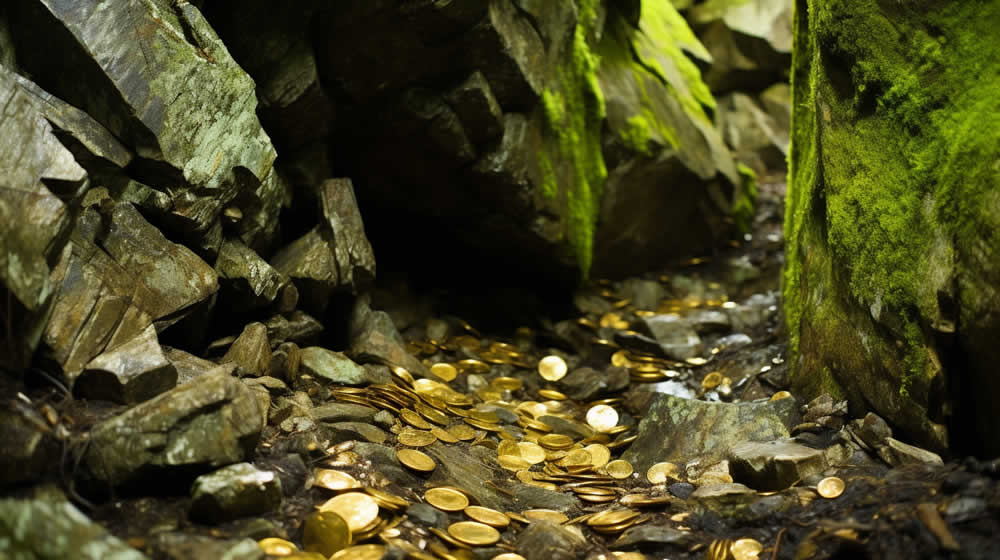
In another part of the cave was a mass of rattlesnakes as large as a small cock of hay. As they were in a torpid condition it took comparatively little time to kill 1,530 of these reptiles, which, with a bounty of 50 cents each, will give them $765 for this part of their discovery.
The discoverers were joined by others the following day, and the skeletons were taken to the village. Prof. Norman examined them and pronounces them to be the skeletons of Indians.
Rattlesnake Hill
It has long been known that early in the 15th century the Indians used to have a large encampment near Rattlesnake Hill, and many arms, hatchets and other implements are annually found there.
The professor also says that about 1725 a band of white men under the command of a Capt. Titus came from the Connecticut river valley, attacked the Indian encampment and defeated the natives with great slaughter. He advances an explanation of the skeletons being in the cave that at this time some of the wounded Indians were taken there and were afterward abandoned and left to die. The presence of the Spanish gold is as much a mystery to him as it is to others.

Rising abruptly from the pastoral countryside, Rattlesnake Hill stands as a monument to the region's glacial past. Its craggy 1,200 foot cliffs cast shadows over the patchwork of farms below, soaking up the sun's warmth as the valley languishes in winter's chill. Though hidden in plain sight, few beyond the local community seem aware that ancient hiking trails weave up the hill's talus slopes. This only enhances Rattlesnake's air of mystery.
Rattlesnake Hill
At the foot of the hill lies Black Bear Pond, a kettle lake born of melting glaciers some 9,500 years ago. The surrounding 1,000 acres are now protected as a wildlife refuge, keeping Rattlesnake's slopes wild and quiet, spared from the crowds found in Vermont's better known mountain destinations. For those who discover it, a sense of solitude and connection with nature's past rewards their curiosity. Rattlesnake Hill remains a well-kept secret, its rocky façade belying the history and life harbored there in the heart of the countryside.
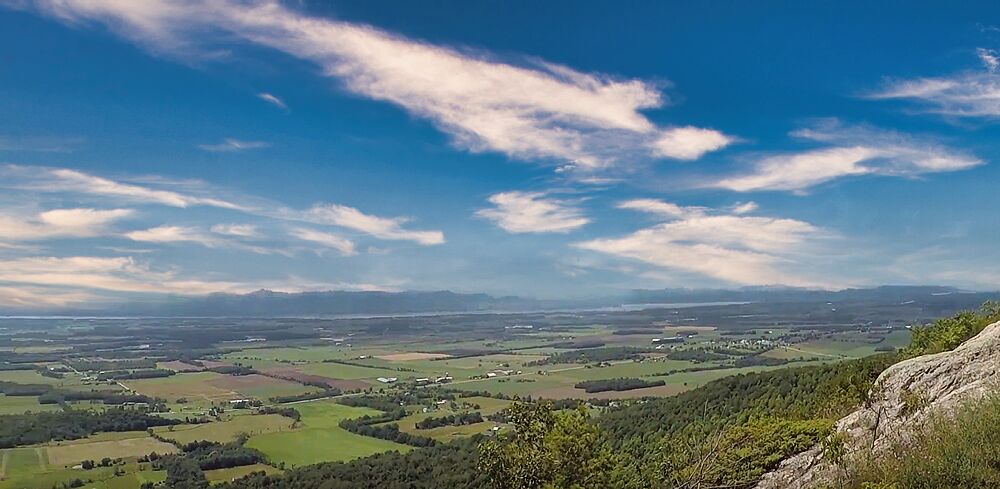
Snake Mountain is situated in the middle of farmland in Addison County, which is in the west-central part of Vermont. The mountain itself rises 1,287 feet above the surrounding valley.
From an article by Chad Abramovich – Mysterious Snake Mountain
“The dense and disparate patch of wilderness used to be called Rattlesnake Mountain, and its ledges and boulders were home to the only venomous reptile in the state (which isn’t true – Fair Haven’s Rattlesnake Ridge is bestowed that honor). But if the strange urban legends are true about this enclave of no man’s land in the middle of the county, then there are far more sinister things that haunt the wooded slopes and bogs. Snake Mountain is also reportedly home to a strange cryptid dubbed as “The Black Beast of Snake Mountain”, which supposedly stalked the slopes and terrorized unsuspecting farmers back in the 1920s and 1930s.”
Thank you for reading this post, don't forget to subscribe to our email list for the latest news!


